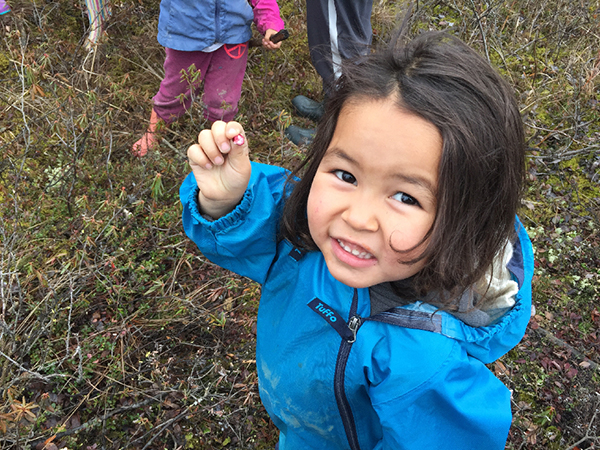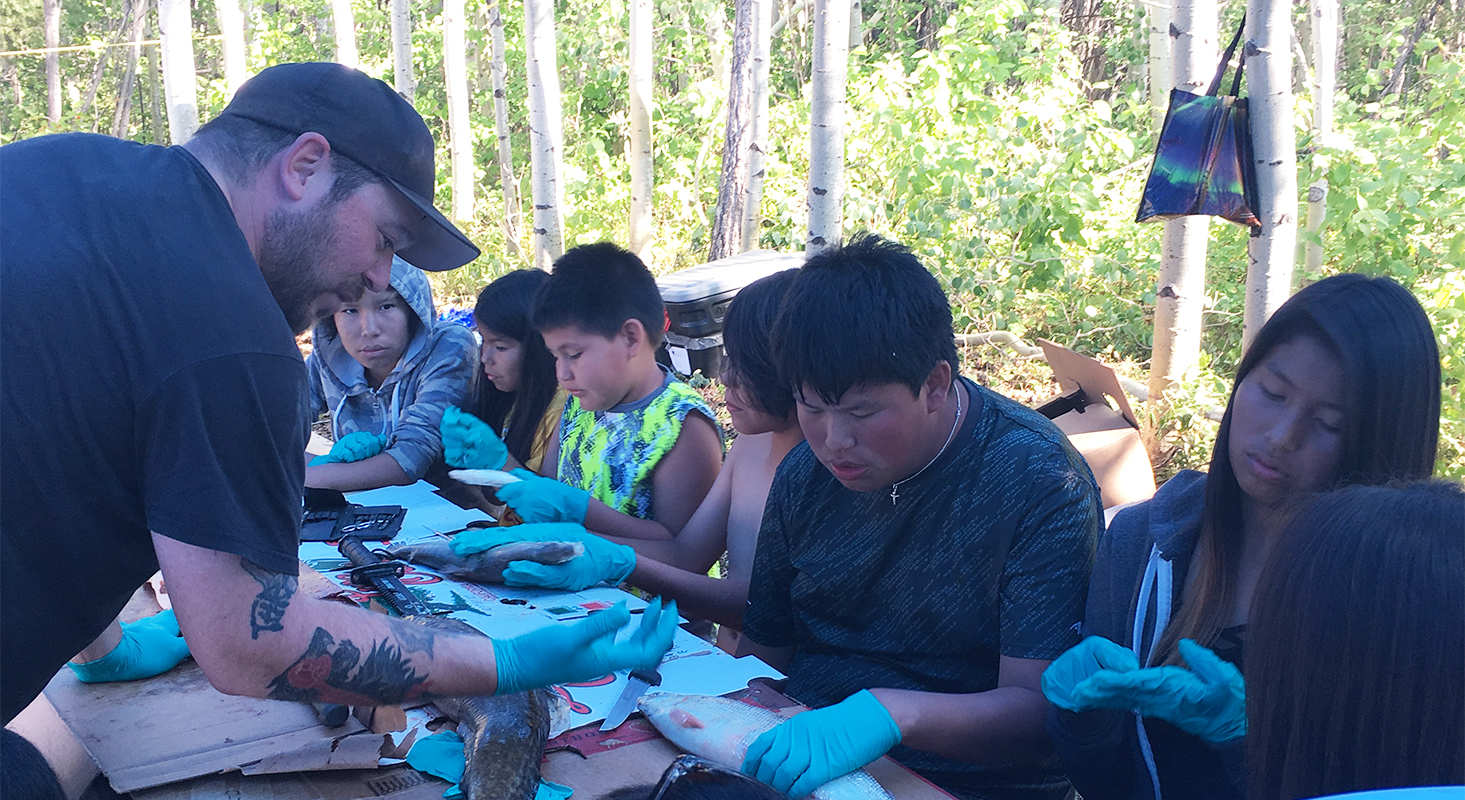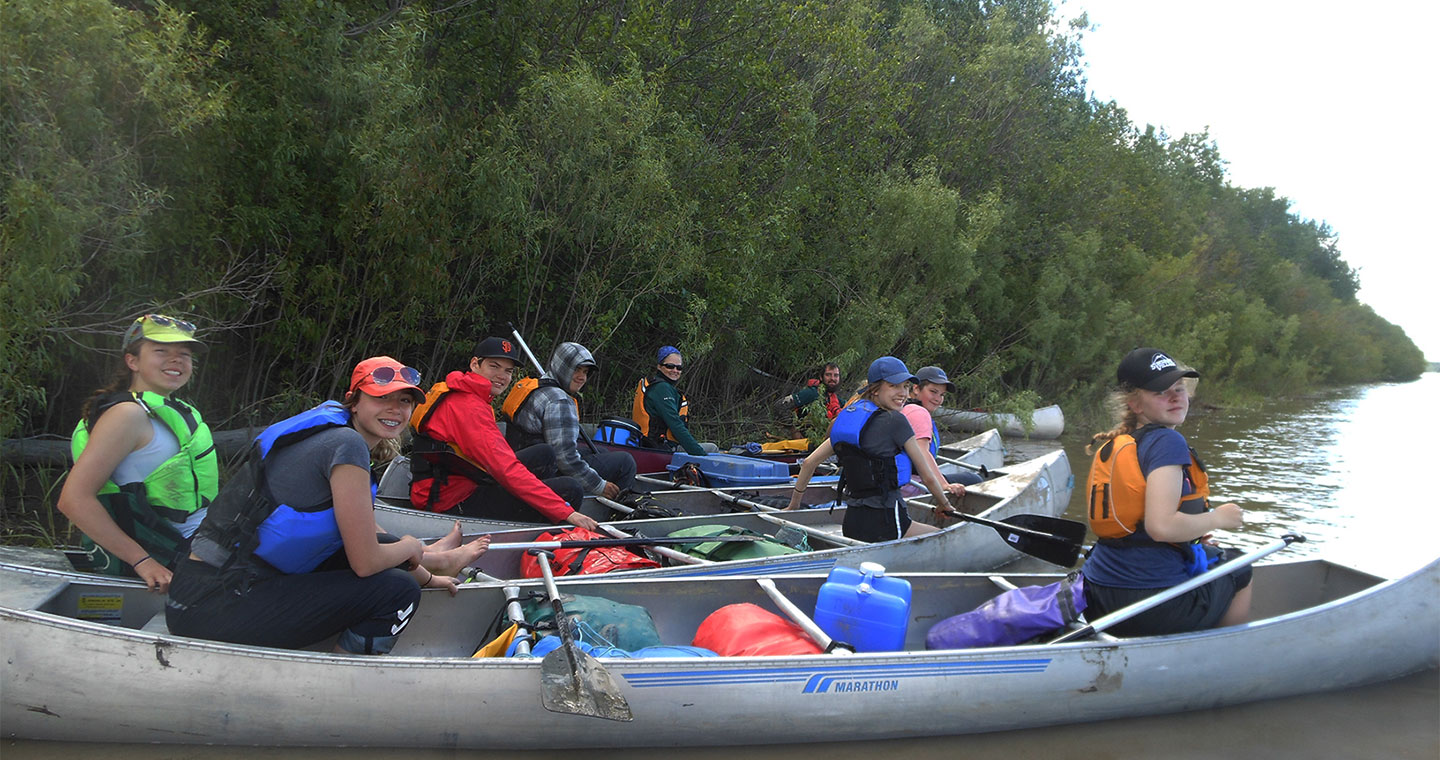With more than 90 communities stretching from Old Crow to Nain, and making up 40% of the country’s geographic footprint, Canada’s North is home to over 120,000 people – most are Inuit, First Nations, and Métis – with a deep connection to their lands and territories. Climate change is increasingly impacting the environment. Northern communities, dotted throughout a vast landscape, are simultaneously experiencing rapid social change. Despite many complex challenges, a growing number of Northerners are working hard to build strong and resilient communities.
MakeWay’s work across the three territories and four Inuit regions of Canada’s North is rooted in a belief that lasting solutions are best understood and led by the people who are closest to the challenge. In the Northwest Territories, many of our northern partners identified the need for more accessible funding and resources for on the land programs that connect community members to their land, culture, and traditions; enhance community capacity; and promote sustainability.

And so, in 2015 we co-launched the NWT On The Land Collaborative. The Collaborative brings together local advisors, including Indigenous and non-Indigenous community leaders, with government, charitable, corporate, and other funders to support on the land learning and connection. Today, the Collaborative includes the Government of the Northwest Territories (GNWT), the NWT Recreation and Parks Association (NWTRPA); McConnell Foundation; Dominion Diamond Corporation; TNC Canada; Indigenous Leadership Initiative; Diavik Diamond Mine; The Gordon Foundation; and community advisors representing regional Indigenous governments from across the Territory.
“Northerners, but especially Indigenous Northerners, know that spending time on the land is vital for healthy people, families, communities, and economies, not to mention the health of the land itself,” says Jess Dunkin, the NWTRPA’s representative on the Collaborative and a member of the administrative team.
Community partners are at the centre of the Collaborative’s work. As Kyla Kakfwi-Scott, a Collaborative partner and Senior Advisor with the GNWT’s Department of Health and Social Services explains, “The people who are applying for funding and running the programs have had a really important voice in both articulating the need for a collaborative approach to funding, but also what that approach should look like.”
Since the Collaborative launched, funding for projects promoting on the land learning has steadily increased. In its first two years, the Collaborative nearly doubled the amount of money granted to projects, from $381,850 in 2016 to $634,845 in 2017. In 2018, the Collaborative will distribute one million dollars in grants to 48 projects that get people out on the land.

Photo: Ka’a’gee Tu First Nation.
“As a non-Indigenous Southerner, who now calls the North home, the Collaborative allows me to be an ally in anti-colonial work by supporting Dene, Inuvialuit, and Métis communities as they revitalize their connections to land, language, and culture,” says Dunkin.
Working as an ally is a fundamental part of MakeWay’s work with diverse partners, and a key aspect of the collaborative funding model. The model brings together a group of partners from different sectors united in their goal to develop effective philanthropy built on cooperation, community, and shared learning. MakeWay works with collaboratives in different geographies across the country, such as the Northern Manitoba Food, Culture, and Community Collaborative, which helps Northern Manitoba communities design local solution-oriented projects that address regional issues of poverty, food insecurity, and related health issues.

We have learned that funding in the North is most successful with a flexible, responsive approach and strong relationships with Northerners. “Funders who don’t have relationships with northern people, communities, and organizations can find it daunting to engage, let alone develop long-term partnerships,” she says. “This is another advantage of the collaborative approach, it allows non-northern funders to work alongside partners who have the relationships, trust, and local expertise that allows them to get things done in a good way.”
By keeping community at its heart, the model allows the Collaborative to be more open in the kinds of projects that it supports, and more flexible in the administration of funds. “We can support community-driven projects that meet local needs and objectives.”
Learn more about the Northwest Territories On The Land Collaborative: http://www.nwtontheland.ca/. The collaborative funding model is just one of the solutions for social good that MakeWay uses to help changemakers get from vision to impact.
